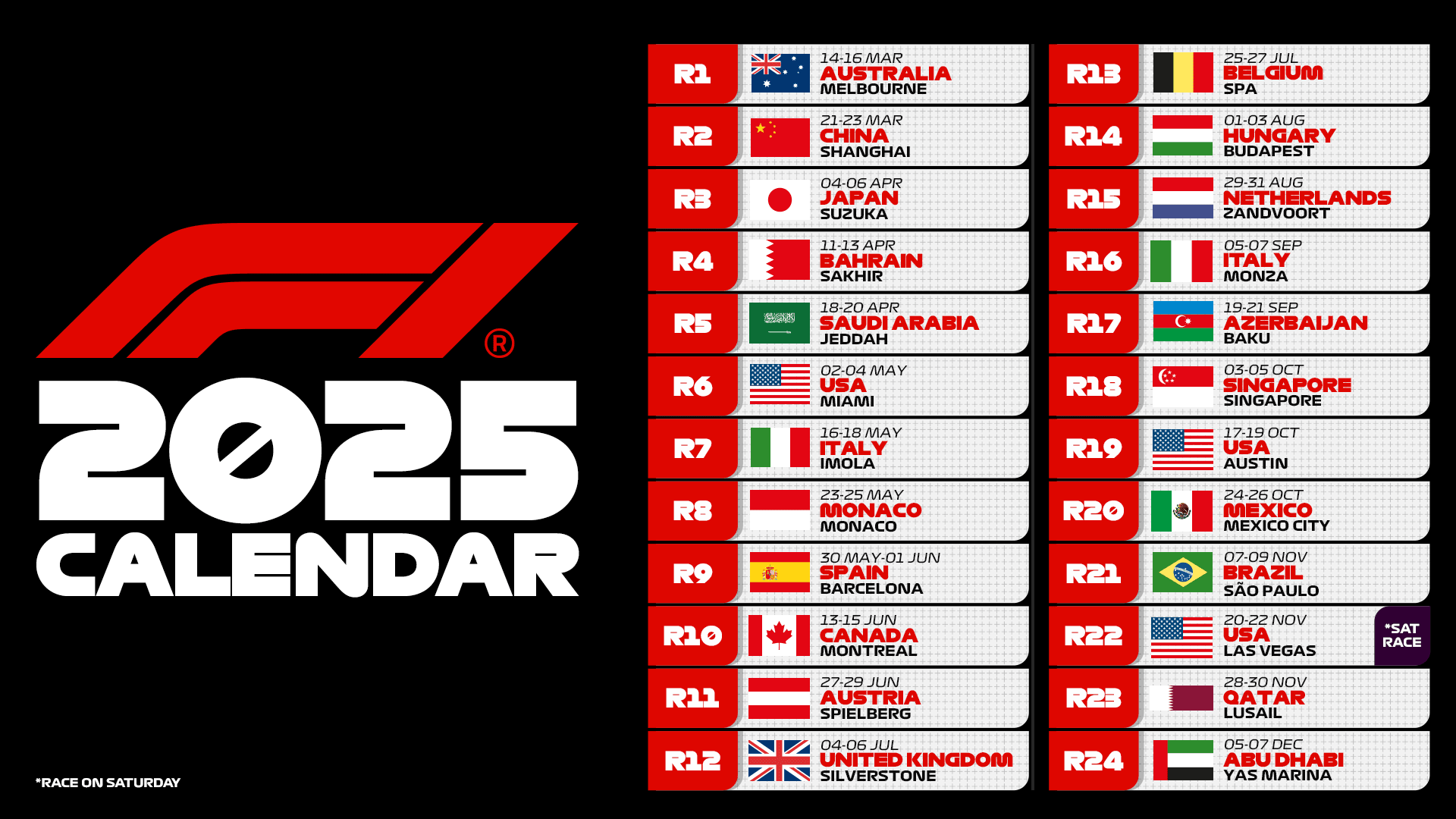
As the Las Vegas Grand Prix approaches, yet another technical controversy of the 2024 Formula 1 season has erupted in the paddock.
Following Red Bull’s asymmetric braking system in the spring, McLaren‘s rear wing in Baku, and the “T-tray gate”—again involving Red Bull—at Austin, the latest issue concerns the protective plates on the plank (the wooden board located under the cars).
The FIA has decided to ban these components, claiming they were designed “against the spirit of the sporting regulations.”
It was Red Bull, struggling with their RB20 and intent on undermining their rivals, who pointed out this solution. But who, specifically, are the targets? Definitely Ferrari and Mercedes, and here’s why.
Where do the protective plates come from? Austin 2023…
The 2023 United States Grand Prix saw Charles Leclerc and Lewis Hamilton disqualified. The reason? Excessive wear on the plank under their cars.
In light of this, it’s logical to deduce that the two teams devised these protections to avoid a repeat of such incidents.
Could their removal impact performance? On paper, yes, as it might force engineers to raise the ride height of their cars, thereby generating less downforce from the floor.
Show your support for Scuderia Ferrari with official merchandise collection! Click here to enter the F1 online Store and shop securely! And also get your F1 tickets for every race with VIP hospitality and unparalleled insider access. Click here for the best offers to support Charles and Lewis from the track!
However, it’s worth noting one detail: there has been no controversy over implementing the FIA’s requested modification. According to Ferrari’s team principal, Frédéric Vasseur, the team has already complied with the change.
Let’s be clear: if teams believed that removing these plates would significantly compromise their car’s performance, they would have protested. In fact, they might have even had a chance to win such a battle…
Something doesn’t add up—actually, a lot doesn’t add up
The FIA approves every solution that teams bring to the track before allowing its use.
This means Ferrari and Mercedes could have filed a complaint, arguing: “A few months ago, you approved this, and now we’re not allowed to use it?”
In short, there is plenty of doubt and skepticism surrounding all the technical decisions made by the FIA this year, primarily due to evident inconsistency in timing and checks.
One thing is certain: for the good of Formula 1, these “secrets” cannot continue for much longer—and above all, there cannot be so many of them. All we can do is hope for a change in direction in the future…












.png)

Leave a Reply